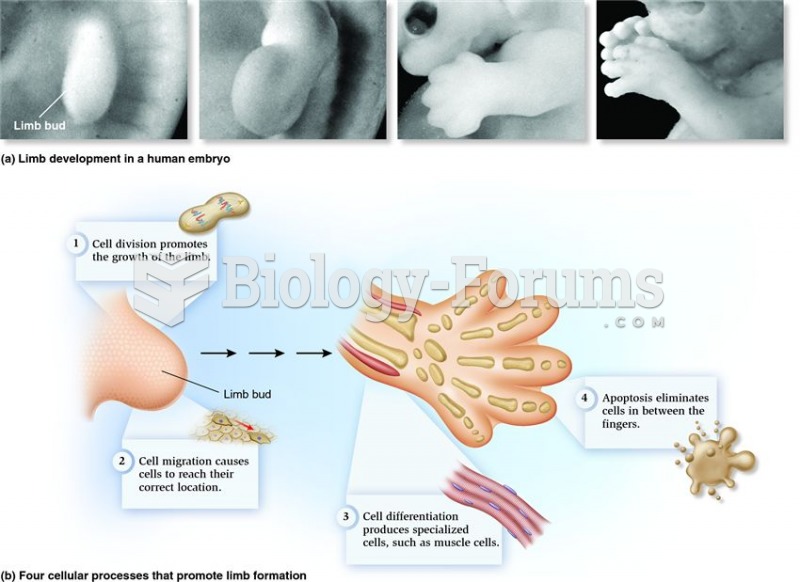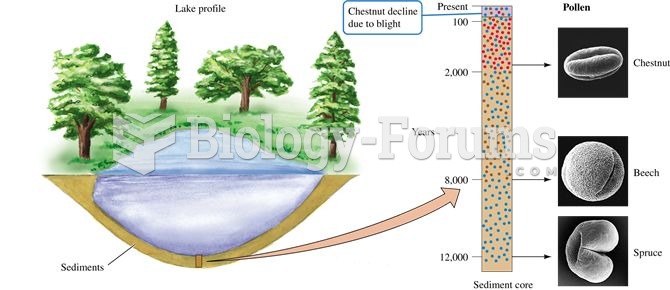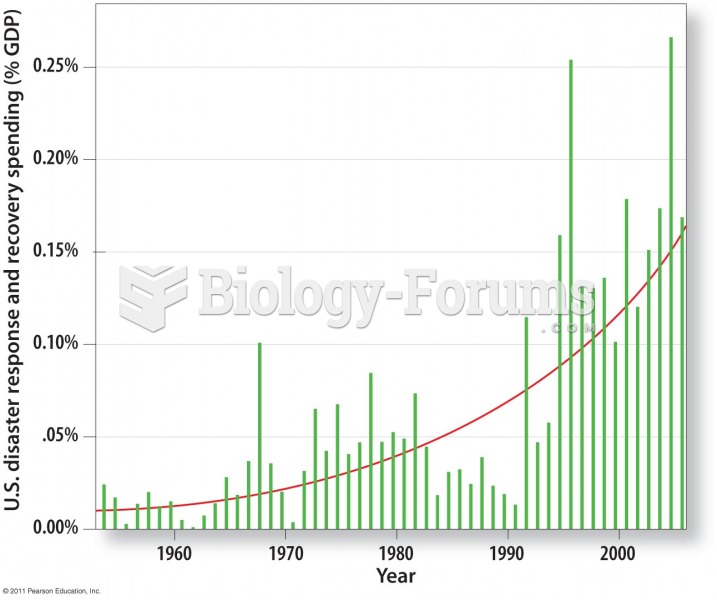Answer to Question 1
Answer: The health of vegetation is affected by climate, soils and human activities. Without humans, climate would have the strongest control on vegetation. Climate controls soil formation and plant growth so strongly that, with the exception of agricultural areas, world vegetation and soil patterns correspond closely to world climates. Humans, however, have had profound influences on ecosystems in most of the world's land areas, including the 37 percent of world land area (except Antarctica) that is cropland or permanent pasture.
By our actions, we are contributing to the continuous increase in the quantity of CO2 in the atmosphere. We are also changing the types of vegetation that grows in certain areas through our choice of crops to grow and types of practices we engage in, including monoculture, the application of chemical fertilizer and gene modification. Currently, about 8 percent of global photosynthesis takes place in agricultural lands.
By our consumption patterns, we are playing an even larger role in shaping the characteristics or fate of entire species and vegetation types. We do this in the decisions we make on what we consume either directly or indirectly by ourselves and our domestic animals.
Answer to Question 2
Answer: The major storage in the phosphorus cycle is in the lithosphere. It is released to soils by rock weathering, taken up by plants, and passed through the biosphere. Phosphorus is released back to soils and water by decomposition of waste and dead biomass. Phosphorus is an essential nutrient for plant growth.
When we harvest crops, the phosphorus they contain is removed from farm fields and this, along with removal in water that runs off the fields, depletes soil phosphorus stocks. We replace this lost phosphorus, and stimulate crop growth, by adding phosphorus fertilizers to the soil. These fertilizers are produced by mining phosphate-rich rock, and by mining accumulations of bird droppings in some coastal and island areas. The addition of large amounts of phosphorus (and other nutrients) to streams, lakes, and coastal areas, has dramatically altered aquatic ecosystems. These additions stimulate the growth of algae and can lead to lake and stream eutrophication and can lead to dead zones.
To combat these problems, farmers are encouraged to use less fertilizer, or to use techniques that maximize the efficiency of fertilizer use.







